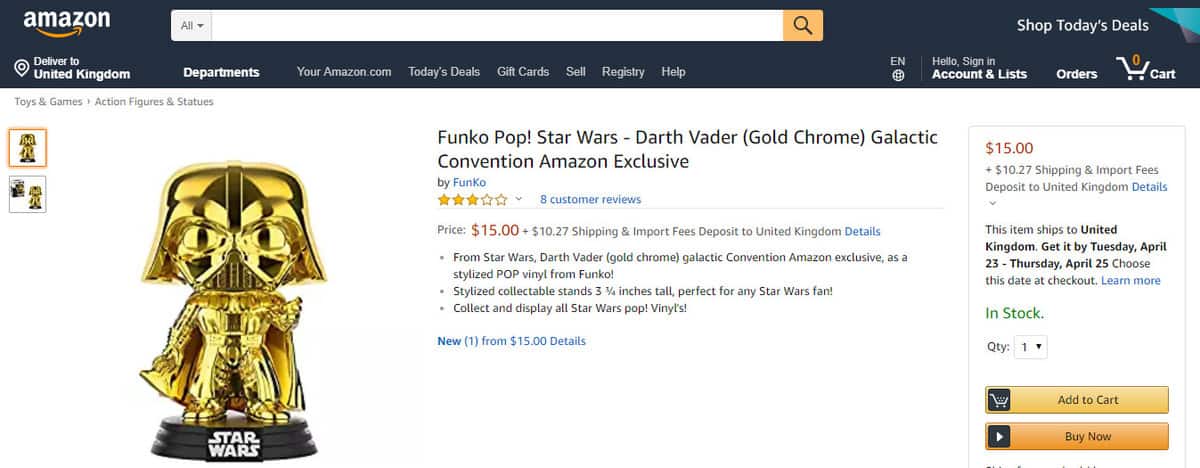If a WordPress website is infected with malware, there are several steps you can take to address the issue. First, identify the malware by scanning the website using security plugins. Quarantine any infected files to prevent further spread of the malware. Remove the malware by deleting infected files or restoring the website from a clean backup. Update WordPress, themes, and plugins to the latest versions to prevent future infections. Change all passwords associated with the website for added security. Finally, implement additional security measures such as firewalls and regular malware scans to protect the website from future attacks.
If you’ve found that your WordPress website has been infected with malware, don’t panic – there are steps you can take to remediate the issue. Here is a step-by-step guide on how to handle a WordPress website infected with “Malware”:
### Step 1: Identifying the Malware
First and foremost, you need to identify the malware that has infected your website. Look out for any unusual pop-ups, redirects, or changes in website behavior.
### Step 2: Backup Your Website
Before proceeding with any fixes, make sure to backup your website. This will ensure that you have a copy of your website in its clean state in case something goes wrong during the malware removal process.
### Step 3: Scan Your Website
Use a reputable malware scanning tool to scan your WordPress website thoroughly. Identify the infected files and directories.
### Step 4: Remove Malware
Once you have identified the infected files, remove them from your website. Be cautious and double-check before deleting any files, as they may be crucial for your website’s functioning.
### Step 5: Update WordPress and Plugins
Outdated software is a common entry point for malware. Update your WordPress core, themes, and plugins to their latest versions to patch any vulnerabilities.
### Step 6: Change Passwords
Change all passwords associated with your WordPress website, including admin passwords, FTP passwords, and database passwords. Use strong, unique passwords for better security.
### Step 7: Harden Website Security
Implement security measures such as installing security plugins, setting up a firewall, and monitoring your website for suspicious activity.
### Step 8: Request Google Reconsideration
If your website was flagged by Google for malware, request reconsideration through Google Search Console once you have removed the malware.
### Step 9: Monitor Regularly
After cleaning your website from malware, make it a habit to regularly monitor and scan for any potential threats. Prevention is key to avoiding future infections.
By following these steps diligently, you can effectively handle a WordPress website infected with malware and ensure the security and integrity of your website. Stay vigilant and proactive in protecting your online presence.



